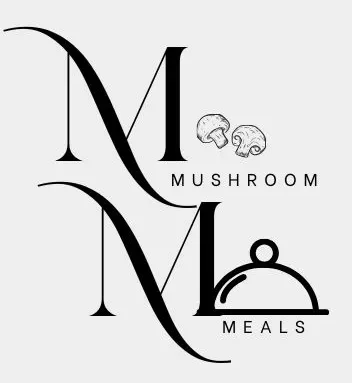
Get the Best Meals Recipes
Morel Mushrooms: A Comprehensive Guide
Morel mushrooms hold a unique place in the culinary and natural worlds. With their distinctive appearance, rich flavor, and numerous health benefits, they have earned a reputation as a prized delicacy. This guide dives deep into the world of morel mushrooms, covering their characteristics, types, habitat, nutritional value, culinary uses, foraging tips, and much more. Whether you’re a seasoned forager, a culinary enthusiast, or simply curious about these fascinating fungi, this comprehensive guide has something for everyone.
Introduction
First Impressions: A Brief Overview of Morel Mushrooms
Morel mushrooms are among the most sought-after edible fungi. Known for their honeycomb-like caps and hollow stems, they are a favorite in gourmet cuisine. Their flavor profile is a delightful mix of earthy, nutty, and slightly smoky, making them a versatile ingredient in a wide range of dishes.
Cultural and Culinary Significance
Morel mushrooms are not just a tasty addition to your plate; they also hold significant cultural and culinary value. From starring in classic French cuisine to featuring in traditional dishes around the world, morels have earned their place as a culinary gem.
A Historical Perspective
The history of morel mushrooms is as rich as their flavor. Documented use dates back to ancient times, with mentions in historical texts and folklore. Today, they continue to be a symbol of luxury and sophistication in the culinary world.
Physical Characteristics of Morel Mushrooms
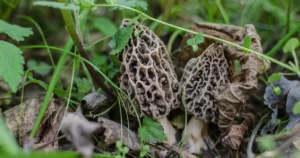
Cap Structure and Texture
The cap of a morel mushroom is its most distinctive feature. It is characterized by a spongy, honeycomb-like texture with a series of pits and ridges. The surface is smooth to the touch and ranges in color from pale yellow to deep black, depending on the species.
Stem Characteristics
The stem of a morel mushroom is another key identifier. It is typically hollow and runs from the base of the cap down to the base. The stem is often lighter in color than the cap and can vary in thickness depending on the species.
Gills and Their Role
One of the unique features of morel mushrooms is the absence of traditional gills. Instead, they have a network of ridges and pits that serve a similar function in spore dispersal. This feature is one of the key distinguishing characteristics of morel mushrooms.
Scientific Classification and Taxonomy
Scientifically classified under the genus Morchella, morel mushrooms belong to the family Morchellaceae. Within this genus, there are several species, each with its own distinct characteristics and habitat.
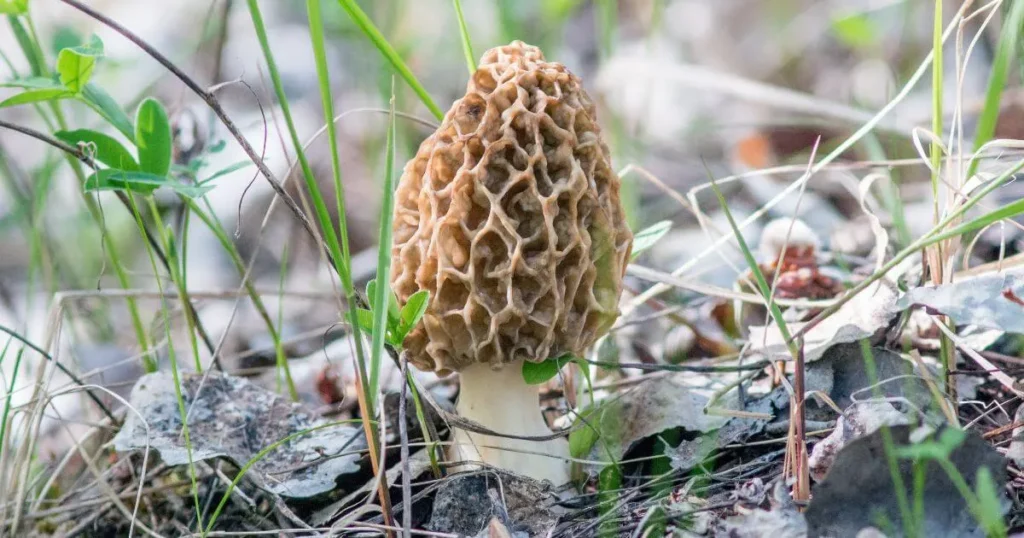
The Fascinating World of Morel Types
Common Morel Mushrooms
Black Morels
Black morels, Morchella elata, are among the best-known varieties. They are characterized by their dark color and robust flavor. Typically found later in the foraging season, black morels are highly valued for their intense earthy flavor.
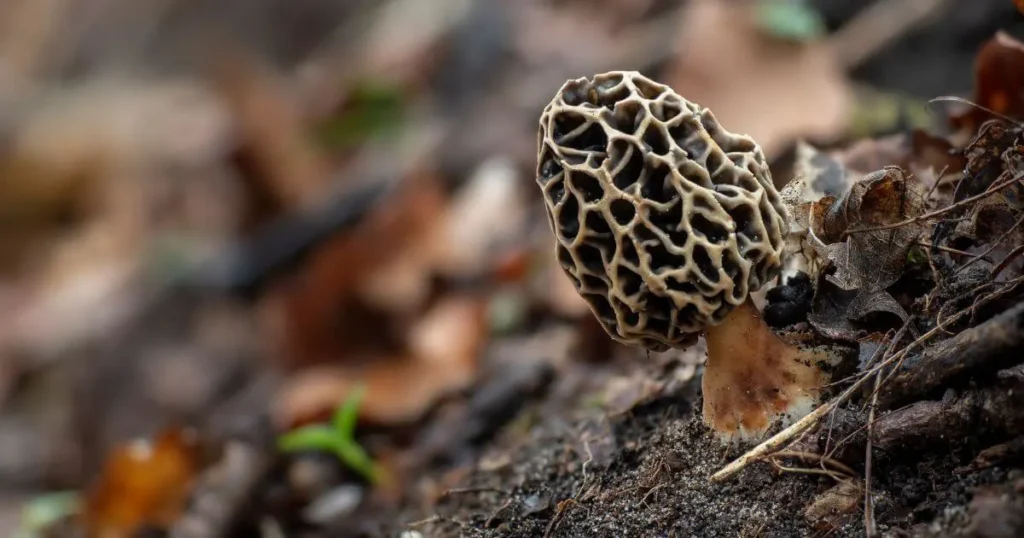
White Morels
White morels, Morchella gwangneungensis, are one of the earliest morels to appear in the spring. They are lighter in color and have a delicate, slightly sweet flavor.
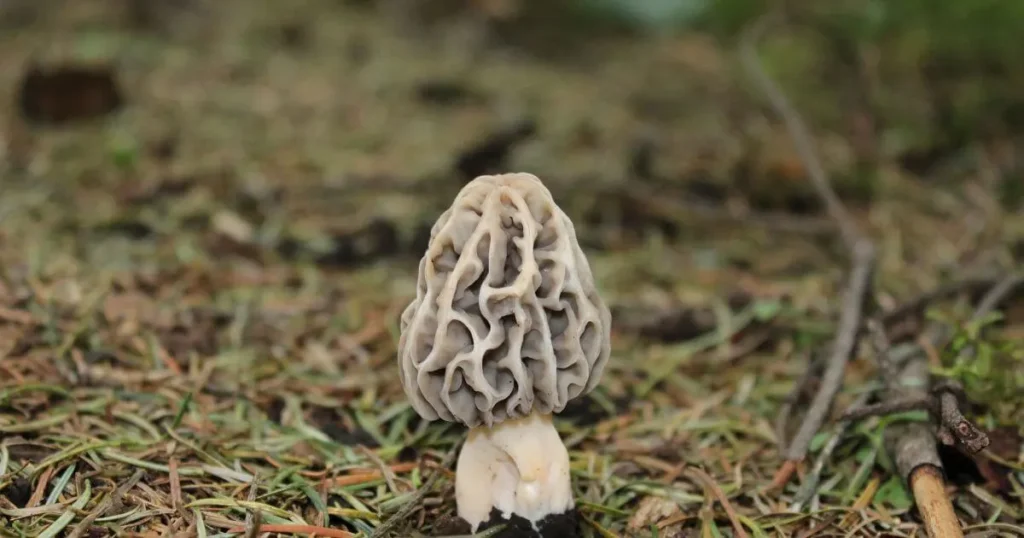
Yellow Morels
Yellow morels, Morchella esculenta, are another popular variety. They have a bright yellow cap and are known for their nutty flavor and meaty texture.
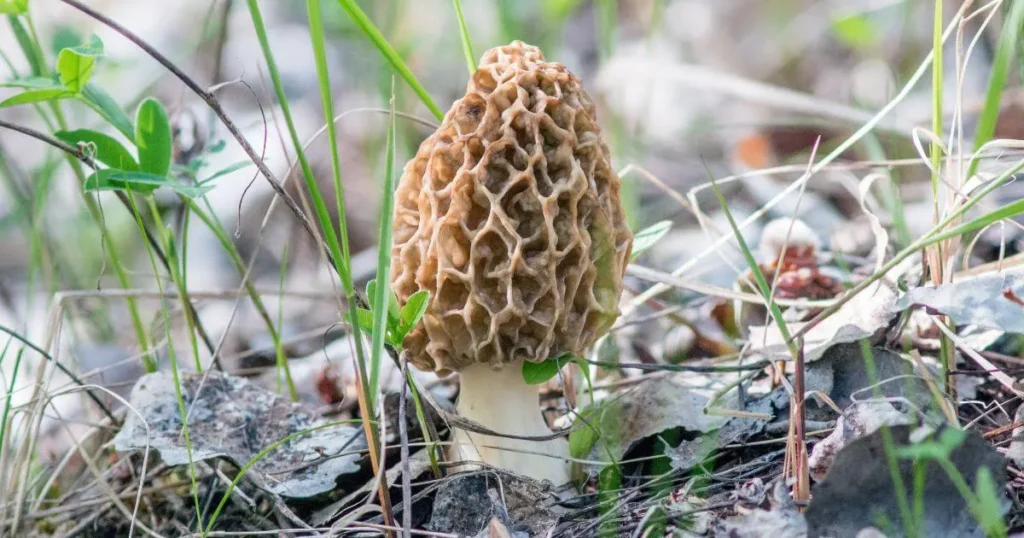
Less Common and Rare Varieties
Half-Free Morels
Less commonly found, half-free morels have a cap that is partially attached to the stem. They are known for their fruity aroma and sweet flavor.
Spiny Morels
Spiny morels, Morchella laxa, are distinguished by the spiny ridges on their caps. They have a mild flavor and are often used in soups and stews.
Distinguishing Features and Pictures
Each variety of morel mushroom has unique characteristics that make it identifiable. High-quality images are provided below to help readers distinguish between the different types.
Habitat and Growth Patterns
Regions Where Morels Thrive
Morel mushrooms are found in various regions around the world, including North America, Europe, Asia, and Australia. They are particularly abundant in temperate climates.
North America
In North America, morels are commonly found in the Midwest and Northwest.
Europe
European morels are often found in countries like France, Italy, and Germany.
Asia
In Asia, morels are prevalent in regions like China, Tibet, and parts of India.
Australia
Some species of morels can also be found in certain areas of Australia.
Weather and Seasonal Factors
Morel mushrooms thrive in specific weather conditions. They prefer warm and humid environments, making spring and early summer the optimal time for foraging.
Optimal Growing Conditions
Morels grow best in temperatures between 50°F and 60°F (10°C to 15°C) and require consistent moisture.
Seasonal Growth Patterns
The growth cycle of morels spans from spring to early summer, with different species thriving at different times.
Specific Microhabitats
Morels are highly adaptable and can be found in a variety of microhabitats.
Deciduous Forests
They are often found in deciduous forests, particularly under oak and elm trees.
Burn Areas
Morels are also known to grow in areas affected by forest fires.
Grassy Areas
They can occasionally be found in grassy areas, especially in regions with warm and humid weather.
Near Dead or Dying Trees
Another common microhabitat for morels is near dead or dying trees, where they benefit from the decomposing organic matter.
Nutritional Benefits of Morel Mushrooms
Morel mushrooms are not only delicious but also packed with essential nutrients and health benefits.
Essential Nutrients
Protein Content
Morel mushrooms are a great source of plant-based protein, making them an ideal addition to vegetarian and vegan diets.
Fiber
Rich in dietary fiber, morels aid in digestion and promote a healthy gut.
Vitamins and Minerals
They are also high in vitamins and minerals, including vitamin D, B vitamins, potassium, and selenium. These nutrients play a crucial role in maintaining overall health.
Health Benefits
Boosting Immunity
The vitamins and minerals in morels, especially zinc and vitamin D, support a healthy immune system.
Heart Health
Rich in potassium and low in sodium, morels can help regulate blood pressure and promote heart health.
Antioxidant Properties
Morels are rich in antioxidants, which help protect the body against oxidative stress and chronic diseases.
Supporting Cognitive Function
Some studies suggest that the compounds found in morels may have neuroprotective properties, supporting brain health.
Scientific Studies and Research
Recent studies have explored the potential health benefits of morel mushrooms, particularly their role in anti-inflammatory and anti-cancer properties.
Comparative Analysis with Other Mushrooms
Compared to other edible mushrooms, morels stand out for their unique combination of taste, texture, and nutritional profile.
Culinary Uses of Morel Mushrooms
Morel mushrooms are highly versatile in the culinary world, offering a wide range of applications.
Traditional Dishes
Sautés and Stir-Fries
One of the simplest and most common ways to enjoy morels is in a sauté or stir-fry. Their natural umami enhances the flavor of the dish.
Soups and Stews
Adding morels to soups and stews imparts a rich, earthy flavor, making them a popular choice for hearty winter meals.
Risotto
Morel risotto is a classic dish that showcases their luxurious taste and texture.
Fried Morels
Fried morels are a crispy and flavorful side dish, often served with meats or as a topping for pasta.
Morel Butter and Sauces
Creamy morel butter or sauces can elevate simple dishes like pasta or roasted meats.
Modern Applications
Gourmet Dishes
Chefs around the world incorporate morels into innovative dishes, from morel-infused oils to morel-based desserts.
Pairing Suggestions
Morels pair exceptionally well with proteins like chicken, fish, and pork, as well as with vegetables and grains.
Morel-Based Desserts
Morels can be used in creative dessert applications, such as morel-infused chocolates or pastries.
Preservation Techniques
Drying and Rehydration
Drying morels is a popular method of preservation. They can later be rehydrated and used in a variety of dishes.
Freezing Morels
Freezing is another effective way to preserve morels, allowing you to enjoy them year-round.
Recipe Section
Simple Sautéed Morels
For a quick and flavorful dish, sauté fresh morels in butter with garlic and herbs.
Morel and Chicken Risotto
This classic dish combines the richness of morels with the creaminess of risotto.
Morel Infused Butter
Make a luxurious morel-infused butter to dress over steaks or dishes.
Pictures of Dishes
High-quality images of the dishes are included to inspire readers to try these recipes.
Foraging and Identifying Morel Mushrooms
Foraging for morel mushrooms can be a rewarding and enjoyable activity, but it requires knowledge and caution.
When to Forage
Spring and Early Summer
The spring season, particularly when soil temperatures rise to between 50°F and 60°F (10°C to 15°C), is the prime time for foraging.
Where to Look
Best Locations for Foraging
Morels can be found in a variety of habitats, including deciduous forests, burn areas, grassy regions, and near dead or dying trees.
Identifying Characteristics
Cap and Stem Details
The cap is the most distinctive feature, with its honeycomb-like structure and ridges. The hollow stem is another key identifier.
Avoiding Look-Alike Species
It’s crucial to distinguish morels from similar-looking fungi, some of which can be harmful. Visual guides and expert advice are essential.
Safety Tips
Avoiding Poisonous Mushrooms
Accurate identification is critical to avoid consuming poisonous mushrooms.
Proper Handling and Cleaning
Once collected, morels should be cleaned carefully to remove any debris.
Visual Guide to Identification
Included are high-quality images comparing true morels with potential look-alike species.
Health Benefits and Risks
Traditional Medicine Uses
In various cultures, morel mushrooms have been used in traditional medicine for their perceived healing properties.
Scientific Evidence
Recent research has explored the potential health benefits of morels, including their anti-cancer, antioxidant, and cholesterol-regulating properties.
Allergies and Risks
While generally safe, some individuals may experience allergic reactions. As with any new food, moderation is key.
Potential Risks and Side Effects
It’s important to be aware of potential risks, such as allergic reactions or interactions with medications.
Consulting Healthcare Professionals
Before incorporating morels into your diet, especially for medicinal purposes, it’s advisable to consult a healthcare professional.
The Cultural Significance of Morel Mushrooms
Morel mushrooms hold a special place in many cultures, often symbolizing prosperity and abundance.
Cultural Perceptions and Beliefs
In some cultures, morels are believed to bring good luck and prosperity. They are also seen as a symbol of resilience due to their ability to thrive in challenging environments.
Morels in Folklore and Mythology
Legends and folklore often feature morels, often exaggerating their mystical properties and benefits.
Cultural Recipes and Traditions
From Italian risotto to French soupe aux morilles, morels are at the heart of many traditional dishes.
Festivals and Celebrations Centered Around Morels
In some regions, festivals and celebrations are held in honor of morel mushrooms, showcasing their cultural and culinary significance.
Buying, Storing, and Cooking Morels
Selecting Fresh Morels
When buying fresh morels, look for plump, firm caps and a healthy coloration. Avoid those that appear shriveled or discolored.
Storing Morel Mushrooms
Refrigeration and Freezing
Fresh morels can be stored in the refrigerator for up to one week. For longer storage, freezing is an excellent option.
Cooking Tips and Tricks
Preparation Methods
Morels can be sautéed, roasted, or even pickled. The key is to enhance their natural flavor without overpowering them.
Tips for Maximizing Flavor
Sautéing in butter with a touch of garlic is a classic way to bring out their earthy flavor.
Pairing Suggestions
Morels pair exceptionally well with ingredients like chicken, fish, wild mushrooms, and aromatic herbs.
Common Mistakes to Avoid
Foraging Errors
Misidentification
One of the most common mistakes is misidentifying morels. Always ensure you have expert confirmation before consuming.
Improper Handling
Improper handling during foraging can lead to contamination or damage to the mushrooms.
Cooking Mistakes
Overcooking
Overcooking can lead to a loss of flavor and texture.
Pairing with the Wrong Ingredients
Pairing morels with overwhelming flavors can diminish their unique taste.
Storage Errors
Improper Preservation Techniques
Storing morels improperly can lead to spoilage or a loss of freshness.
Tips for Beginners
Beginners should start with guided foraging trips and reliable identification resources to minimize risks.
Conclusion and Final Thoughts
Morel mushrooms are more than just a tasty fungus; they are a culinary gem with a rich history and a host of health benefits. Whether you’re foraging for them in the wild, cooking with them in the kitchen, or simply enjoying them in a dish, morels offer a unique and rewarding experience.
Call to Action: Share Your Morel Stories!
Have you had memorable experiences foraging for or cooking with morel mushrooms? Share your stories and recipes in the comments below. Whether it’s a funny foraging tale or a favorite dish, we’d love to hear from you!